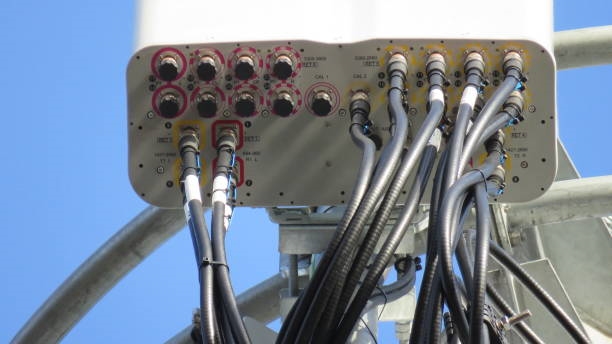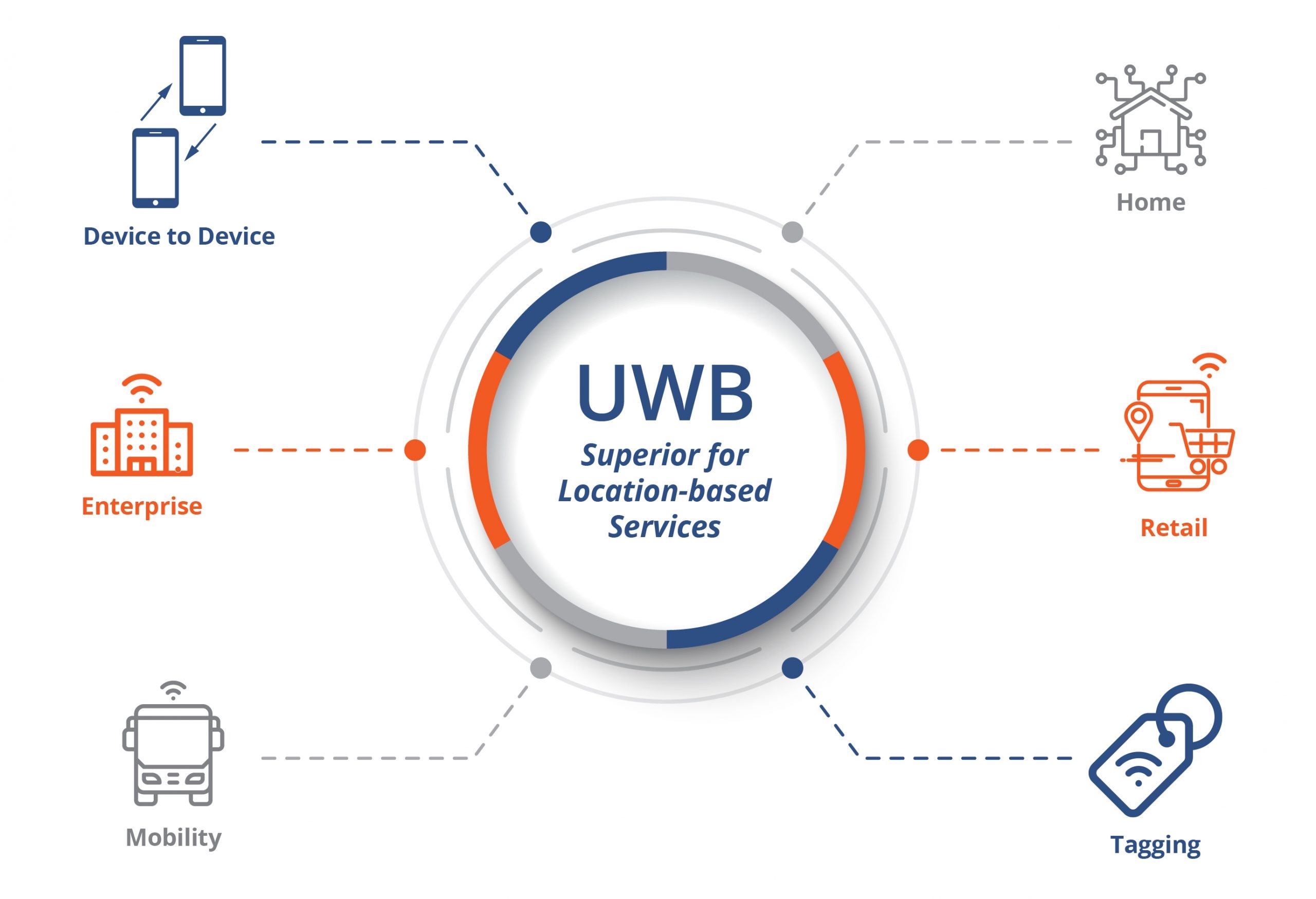Overview
Wireless communication test techniques and test instruments are a key support for the communications sector. They permeate almost every link of the communications supply chain, including communication chips, modules, terminals, base stations, and wireless networks, and they span design and development, certification and acceptance, production, and network deployment and optimization throughout the product lifecycle.
Scope and Purpose
As wireless communication technologies evolve, the requirements for RFIC (radio-frequency integrated circuit) design and testing continue to rise. This article examines the critical elements of RFIC design, including the design workflow, testing methods, and the practical challenges and solutions encountered in real-world applications.
Design Considerations
RFIC design must balance circuit performance with power consumption, cost, and integration density. Achieving the desired system-level performance requires careful tradeoffs among these factors during architectural choices, device selection, and layout planning.
Testing and Validation
Appropriate testing strategies are essential to validate RFIC performance. Tests must cover parameters such as gain, noise figure, linearity, frequency response, and power consumption, and should be integrated into both development verification and production test flows to ensure consistent performance across units.
Practical Guidelines
This article provides a set of practical design and test guidelines intended to help engineers achieve better outcomes in RFIC development and validation. Applying structured design methodologies and targeted testing practices can effectively improve the overall performance of wireless communication systems.
 ALLPCB
ALLPCB







